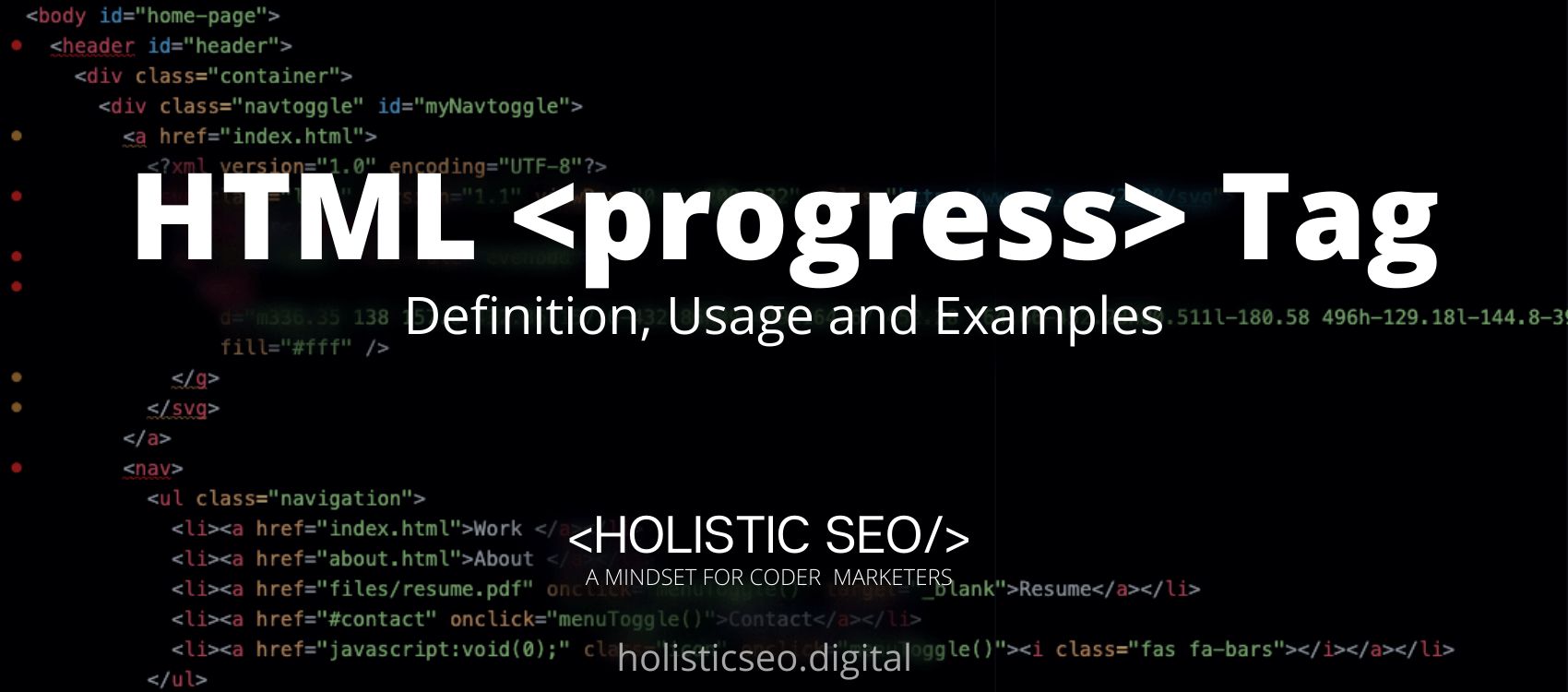The 307 HTTP Status Code means that the request is a temporary redirect. The 307 HTTP Status Code server sends this response to direct the client to retrieve the requested resource at another URI using the same method as in the previous request. The semantics are the same as for the 302 Found HTTP response code, with the exception that the user agent must not change the HTTP method used: if a POST was used in the first request, a POST must be used in the second request. The difference between the 307 HTTP Status Code and the 300 HTTP Status Codes is that the 307 HTTP Status Code has only one direct response to the client, whereas the 300 HTTP Status Code has multiple possible responses.
What does 307 HTTP Status Code Mean?
The 307 HTTP Status Code indicates that the target resource is temporarily located under a different URI and that the user agent does not change the request method if an automatic redirection to that URI is performed. Because the redirection may change in the future, the client should continue to use the original effective request URI for future requests.
How to Use 307 HTTP Status Code for a Website?
To use the 307 HTTP Status Code in a website, the web developer should use the method, and the body of the original request is reused to perform the redirected request. To changed from POST to GET, use 303 See Other instead. The 307 HTTP Status Code is useful when you want to respond to a PUT method with something other than the uploaded resources, such as a confirmation message (like “You successfully uploaded ABC”).
How to Check 307 HTTP Status Code?
To check the 307 HTTP Status Code, use Fiddler or Firebug. There are literally hundreds of other tools and plug-ins available for viewing raw HTTP data. In Mozilla Firebug, for example, you can go to Net and press F5 to refresh the page. Simply open a web browser and press F12 to launch developer tools, then navigate to the Network tab, which displays all Status Codes, whether the page was cached, and so on.
Which HTTP Method is used with 307 HTTP Status Code?
There is only one HTTP method used with the 307 HTTP Status Code which is the PUT HTTP method. The PUT HTTP method is used to the 307 HTTP Status Code Header to the exception that the user agent must not change. The PUT HTTP Header replaces the request payload with all existing representations of the target resource.
What are the Related HTTP Response Headers with 307 HTTP Status Code?
There is only one related HTTP Response Header with the 307 HTTP Status Code which is the 305 HTTP Status Code because they are both redirection messages with more than one possible response.
What are the Browsers Compatibility of 307 HTTP Status Code?
You can see the table that shows the browser’s compatibility with the 307 HTTP Status Code below.
| Browser Name | Browser Compatibility of 307 HTTP Status Code |
| Chrome | YES |
| Edge | YES |
| Firefox | YES |
| Internet Explorer | YES |
| Opera | YES |
| Safari | YES |
| WebView Android | YES |
What are the other Similar Status Codes to 307 HTTP Status Code?
There are other similar HTTP Status Codes to 307 HTTP Status Code. The following HTTP Status Codes are listed below.
- 303 See Other HTTP Status Code: The 303 Multiple Choices HTTP Status Code is similar to the 307 HTTP Status Code because they are both redirection messages. The 303 HTTP Status Code indicates that the server sent this response to instruct the client to use a GET request to obtain the requested resource from another URI.
- 304 Not Modified HTTP Status Code: The 304 Not Modified HTTP Status Code is similar to the 307 HTTP Status Code because they are both redirection messages. The 304 HTTP Status Code is only used for caching. It informs the client that the response has not been modified, allowing the client to continue using the cached version of the response.
- 305 Use Proxy HTTP Status Code: The 305 Use Proxy HTTP Status Code is similar to the 307 HTTP Status Code because they are both redirection messages. The 304 HTTP Status Code indicates that a proxy is required to access the requested response. For security reasons, this response code is not widely supported.
- 306 Unused HTTP Status Code: The 306 Unused HTTP Status Code is similar to the 307 HTTP Status Code because they are both redirection messages. The 306 Status Code has been deprecated.
- 48 Online Shopping and Consumer Behavior Statistics, Facts and Trends - August 22, 2023
- B2B Marketing Statistics - August 22, 2023
- 38 Podcast Statistics, Facts, and Trends - August 22, 2023


